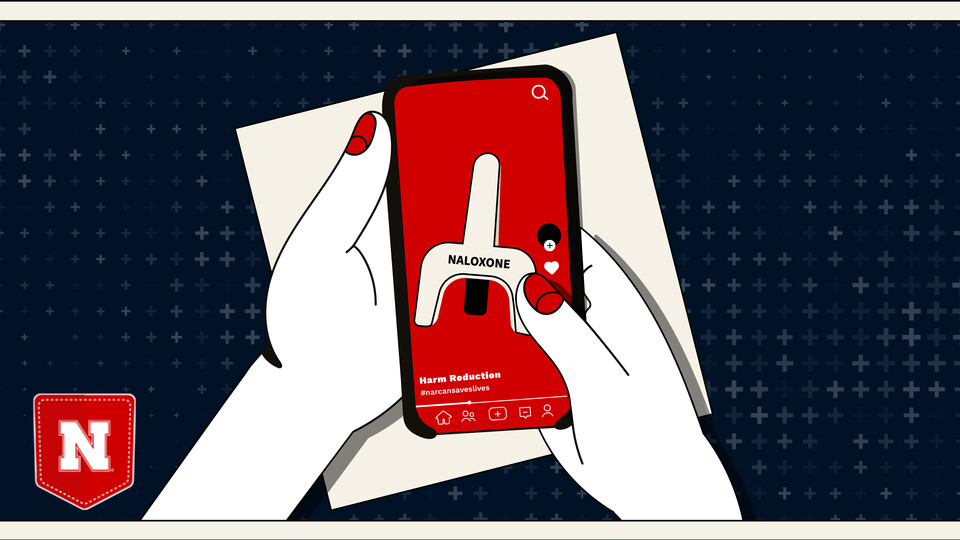
Rupal Mehta, assistant professor of political science, was interviewed for a Jan. 4 New York Times article on the United States’ drone-strike assassination of Maj. Gen. Qassim Suleimani, Iran’s top military leader, and what it might mean for the Middle East. Mehta said the strike could send a message to the surviving members of Suleimani’s network. But when the U.S. has killed high-ranking members of terrorist organizations, she said, their replacements have tended to be more extreme not less.
Mehta also participated in a live interview on the topic Jan. 6 on BBC Radio’s “Up All Night.” (The interview begins at 2:35:05.) She said she thought it was too early to tell whether the assassination would impact Iran’s nuclear ambitions or whether the killing strengthened or weakened Tehran.
“From what we’ve been able to gather, both from intelligence sources and from the ripple effects — including U.S. troops being asked to leave Iraq, the suspension of U.S. coalition against ISIS forces and a relatively robust response from the Iranian population in support of the Iranian government — this has potentially strengthened Iran …,” she said.
- - -
Chigozie Obioma’s second novel, “An Orchestra of Minorities,” was named a top-20 book to read in 2020 by E! News on Jan. 3. Obioma is an assistant professor of English at Nebraska.
- - -
Xiao Cheng Zeng, chemistry, and colleagues at Peking University have discovered surprising quirks in Nebraska Ice’s normally hexagonal configuration. Physics World published a Jan. 14 article on the research.
- - -
John Wunder, emeritus professor of history, was interviewed for a Jan. 17 NBCNews.com article on a new monument in Albuquerque, New Mexico, commemorating a 19th century landmark civil rights case that allowed Chinese individuals to testify in an American court for the first time. Wunder is the author of the book “Gold Mountain Turned to Dust: Essays on the Legal History of the Chinese in the Nineteenth-Century American West,” which details the case.
- - -
Peter Wagner, Earth and atmospheric sciences and biological sciences, was quoted in a Jan. 18 Nature article on a new supercomputer analysis of Earth’s fossil record. The analysis shows a clearer history of life during the early Palaeozoic era, allowing researchers to pinpoint the rise and fall of species during diversifications and mass extinctions to within about 26,000 years. Wagner was not involved in the work, but wrote an essay accompanying the study.
- - -
Matt Joeckel, Nebraska state geologist, director of the Conservation and Survey Division and senior associate director of the School of Natural Resources, was interviewed for a Jan. 22 Outdoor Enthusiast Lifestyle blog entry on the Dakota Formation. Joeckel said the formation has yielded some of the earliest fossil flowers and fructifications from angiosperms.
- - -
A recent study by Husker political scientists was cited in a Jan. 23 USA Today opinion piece about engaging in tough conversations. According to the study, nearly 40% of Americans said politics had caused them stress, while one in five reported that a friendship had been damaged as a result of a political argument. The study was authored by Kevin Smith and John Hibbing, both political science, and Matthew Hibbing, associate professor of political science at the University of California, Merced.
- - -
Researchers from the University of Nebraska–Lincoln, Stanford University, Puerto Rico and Germany recently used record-intense X-rays to capture dynamics of isocyanide hydratase that were previously only hypothesized, a feat that could point the way to doing the same with other enzymes. Husker researchers involved with the study included Mark Wilson, Javier Seravalli and Peter Madzelan, all biochemistry; Medhanjali Dasgupta, biochemistry graduate student; David Berkowitz and Virendra Tiwari, both chemistry; and doctoral alumnus Gregory Applegate, chemistry. Technology.org ran a Jan. 23 article on the research. Technology.org ran a Jan. 23 article on the research.


